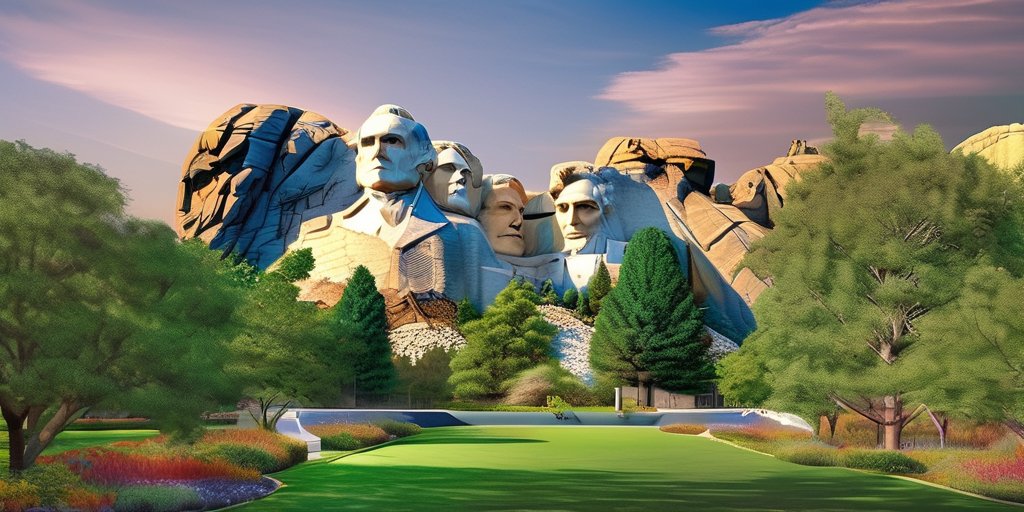In a dramatic return to the political stage, Donald Trump, the 47th President of the United States, is reigniting his vision for a grandiose National Garden of American Heroes, a project originally proposed in 2020 during a controversial speech at Mount Rushmore. The proposed sculpture park aims to honor iconic figures such as Kobe Bryant, Amelia Earhart, and Abraham Lincoln with a collection of 250 life-size statues situated in an outdoor gallery celebrating American heritage.
However, as preparations intensify, serious questions loom over the project’s feasibility including costs, timelines, and the artistic merit associated with its creation. The administration is under pressure to complete the garden by July 2026 to coincide with the nation’s 250th anniversary, but many in the artistic community are skeptical. Some fear the project could devolve into a subpar exhibition akin to an outdoor Madame Tussauds, emphasizing the need for thoughtful and inspiring artistry.
The National Endowment for the Humanities (NEH) recently announced a call for artist submissions, emphasizing classical and lifelike sculptures made from traditional materials. Artists are expected to deliver their preliminary designs by July 1st; however, the short timeline for completion adds to the skepticism. Established artists, in particular, are hesitant, concerned that the $200,000 per statue budget is insufficient given the complexities of creating meaningful art.
“People that are really serious about their art are just looking at this and saying that they don’t really want any part of it,” opines Melissa Walker from Carolina Bronze Sculpture. The scope of the project is substantial, and concerns arise regarding the selection process of artists, as critics suggest it lacks transparency and adherence to historical expertise.
Moreover, Trump’s history with projects perceived as vanity endeavors raises eyebrows about whether this one will succeed. Critics argue that significant federal funding should not be allocated to a personal project of the president, especially as support for the arts and humanities faces cuts.
Despite the backlash, some artists see the project as an opportunity to be part of American history, arguing that regardless of the political controversy, their contributions will outlast any individual administration.
“Presidents will come and go. History has been written and for us to be able to be a part of that and preserve that history will matter for generations to come,” says Matt Glenn, an artist dedicated to representing cultural figures like Whitney Houston and Steve Jobs in bronze.
As plans develop, locations such as South Dakota, Philadelphia, and the National Mall are prime contenders for the sculpture garden. South Dakota officials are particularly eager, pushing for the garden to be built near Mount Rushmore, which encapsulates the essence of American valor.
With mounting pressure to deliver a historically impactful project on a tight deadline amidst political contention, the National Garden of American Heroes will require significant efforts from artists and officials alike to make Trump’s ambitious vision a reality. Will it emerge as a legacy project or a fleeting display of presidential vanity? Only time will tell how artists’ expertise, political will, and public reception will shape this monumental undertaking.
